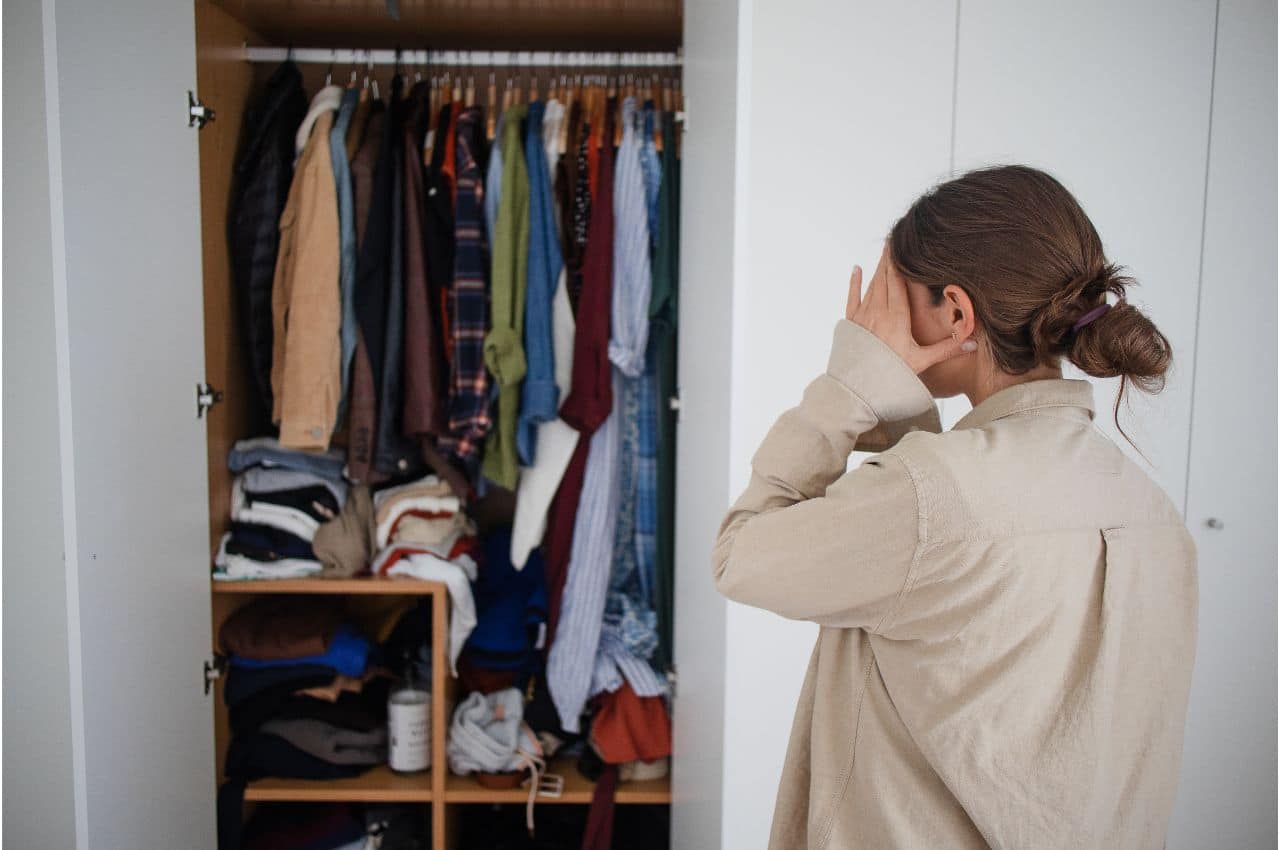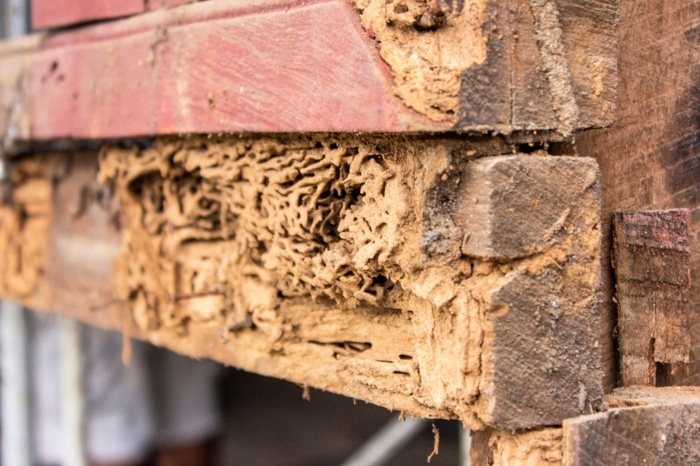Battling a flea infestation in your home is akin to waging a war where the enemy is tiny but mighty. These minuscule pests not only bring discomfort to your pets but also disrupt the peace of your living space. In the face of such a nuisance, professional flea extermination becomes a beacon of hope. This comprehensive guide will walk you through the essential steps to prepare your home for an exterminator’s visit, ensuring the process is as smooth and effective as possible. By understanding and following these guidelines, you can pave the way for a flea-free home.
Don’t let pests take over your home! Act now and schedule a professional pest control service to get rid of unwanted guests.
How to Prepare for Flea Exterminator
Preparing for a flea exterminator is crucial in ensuring the treatment’s success. It involves several steps that are designed to make your home accessible and ready for the extermination process.
First, clearing the area is essential. Begin by removing personal items from the floor, especially in areas where your pets frequent. This includes toys, shoes, and small furniture items. Clearing these items not only helps the exterminator access all corners of your home but also protects your belongings from potential chemical exposure. Remember, fleas can hide in the smallest of spaces, so thoroughness is key.
Cleaning your home thoroughly before the extermination is just as important. Vacuuming plays a pivotal role here. Vacuum all carpets, rugs, upholstered furniture, and even areas beneath the furniture. This step helps in removing adult fleas, larvae, and eggs, thereby reducing the flea population and making the exterminator’s chemicals more effective. Pay special attention to dark, warm areas where fleas are most likely to lay eggs.
Dusting should also be part of your pre-treatment cleaning routine. Fleas can hide in dust particles, especially in corners and under furniture. Use a damp cloth to dust these areas to avoid kicking up the fleas into the air.
Another vital aspect of preparation is pet care. If you have pets, consult your veterinarian about appropriate flea treatment for them. This might include topical treatments or oral medications. On the day of the extermination, ensure that your pets are safely away from the treated areas. It’s not just about their safety; it’s also about making sure they don’t interfere with the treatment process.
Check out our post about pest control preventive maintenance.
What to Do After Flea Extermination
Once the extermination is complete, there are critical steps to follow to ensure the effectiveness of the treatment and to maintain a flea-free environment.
Ventilation is your first step after the extermination. Open windows and doors to air out the treated areas. This helps to dissipate any chemical odours and reduces any potential respiratory discomfort for you and your pets.
Post-treatment cleaning is crucial. However, refrain from immediate heavy cleaning as this can remove the chemicals used in the extermination process. Wait for a specified period (as advised by the exterminator) before doing any major cleaning. This waiting period allows the chemicals to work effectively against any remaining fleas.
Monitoring your home for fleas after the treatment is essential. Be on the lookout for any signs of flea activity, such as pets scratching excessively or visible fleas on bedding or carpets. If you notice fleas, it might indicate a need for a follow-up treatment.
The aftermath of flea extermination isn’t just about cleaning and observation; it’s also about ongoing vigilance. Flea infestations can reoccur if preventive measures are not taken. Ensure regular vacuuming, maintain cleanliness in your pet’s living areas, and consult your vet for ongoing flea prevention for your pets.
When to Vacuum After Flea Extermination
The timing of vacuuming after flea extermination is a critical aspect of the overall pest control strategy. Vacuuming too soon might interfere with the chemicals laid down by the exterminator, while waiting too long could allow surviving fleas to regroup and repopulate.
Ideally, you should vacuum 24 to 48 hours after the extermination process. This allows enough time for the treatment to penetrate flea habitats and effectively reduce their population. When you do vacuum, focus on areas where fleas are most likely to hide, such as carpets, upholstered furniture, and pet sleeping areas. Be thorough, using slow and overlapping strokes to ensure you pick up as many fleas, eggs, and larvae as possible.
Effective vacuuming methods are crucial in this phase. A vacuum with a HEPA filter is ideal, as it can capture even the smallest particles and prevent fleas from escaping back into the environment. Be sure to vacuum the edges of rooms and under furniture, as these are prime hiding spots for fleas.
Proper disposal of the vacuum contents is an often-overlooked yet vital step in preventing reinfestation. Immediately after vacuuming, seal the vacuum bag or contents in a plastic bag and dispose of it in an outdoor trash can. This prevents any captured fleas from escaping back into your home.
When to Call Exterminator for Fleas
Knowing when to call a professional exterminator for fleas is crucial in preventing a full-blown infestation. Fleas reproduce rapidly, and a small problem can quickly escalate into a major infestation.
One of the first signs that it’s time to call an exterminator is when over-the-counter flea treatments and home remedies fail to control the flea population. This is often a sign that the infestation has become too large or too entrenched for DIY solutions to be effective.
Another critical factor is the health risks associated with fleas. Fleas can transmit diseases to both pets and humans. If you or your pets start showing signs of flea bites or related health issues, it’s time to call in the professionals. Companies like Pest Share offer expert services that are far more effective than standard over-the-counter solutions.
Pest Share’s role in flea extermination goes beyond just eliminating the current infestation. Their experts can also provide advice on how to prevent future infestations and maintain a flea-free home. This might include regular treatments, especially during warmer months when fleas are most active.
Fleas on Clothes in Closet

Fleas on clothes in closets can be a particularly challenging problem, as closets provide a dark, undisturbed environment for fleas to thrive. The key to handling this situation is to start with pre-treatment tips and then move on to post-treatment care.
Before the extermination process, remove all clothing from the affected closets. Wash these clothes in hot water and dry them on a high heat setting, if the fabric allows. This will kill any fleas, eggs, or larvae present on the clothing. For items that can’t be washed, consider using a garment steamer or placing them in a sealed bag with a flea insecticide strip for a few days.
After the extermination process, it’s important to ensure that your clothes and the closet itself remain flea-free. Vacuum the closet thoroughly, paying special attention to corners and crevices. If possible, use a steam cleaner on the closet floor and walls to kill any lingering fleas.
Preventive measures are essential to keep your closet flea-proof in the future. Regular cleaning and vacuuming of the closet area can help prevent a recurrence. Additionally, consider using natural repellents like cedar chips or lavender sachets in your closet, as these can help deter fleas.
Conclusion
Tackling a flea infestation is no small feat, but with the right preparation and follow-up, it’s a battle you can win. Remember, the key to successful flea extermination lies not only in professional treatment but also in how well you prepare your home and maintain it afterwards. Regular vacuuming, proper pet care, and vigilance in monitoring for fleas are essential. If you ever feel overwhelmed or notice signs of a recurring infestation, don’t hesitate to call professionals like Pest Share. They can provide expert advice and services to keep your home flea-free. So, take action today, and enjoy a more comfortable, pest-free living space tomorrow.





